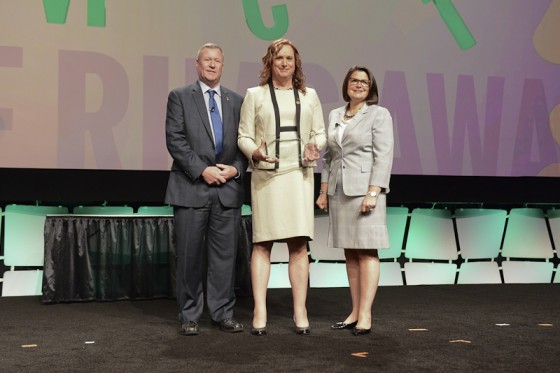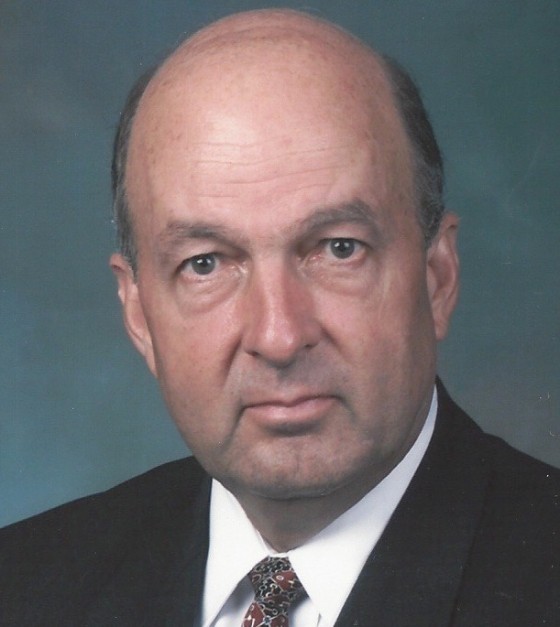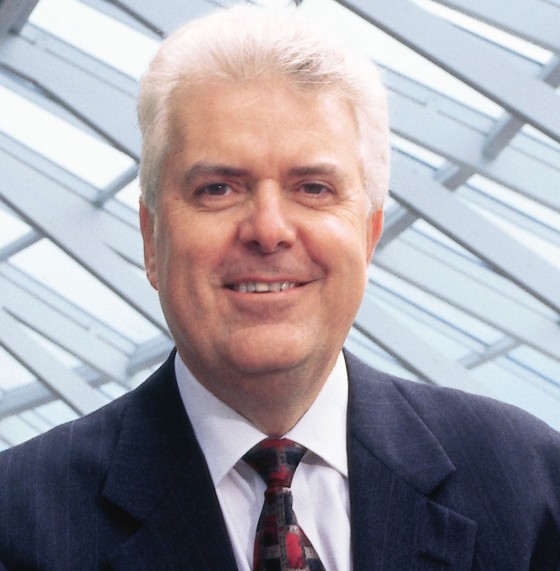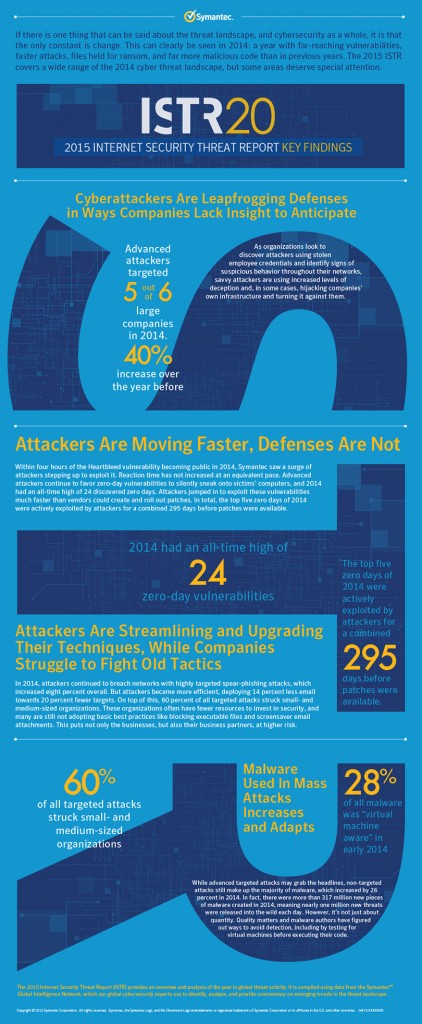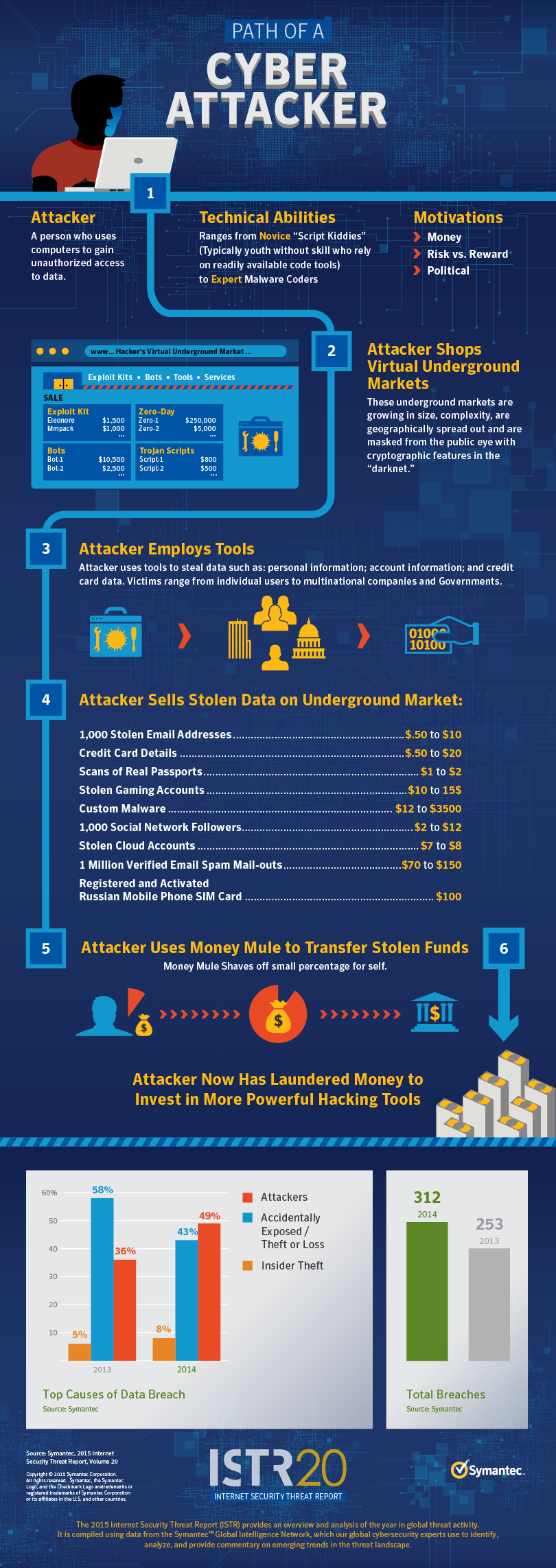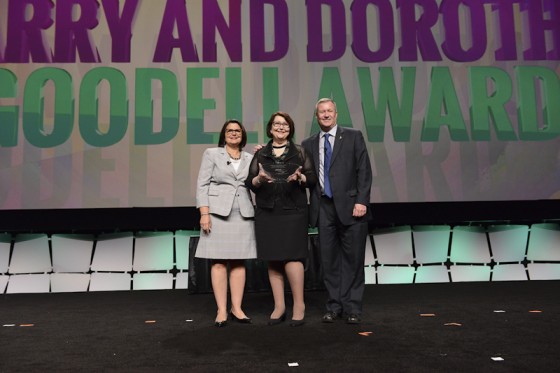
Janice Ochenkowski was presented with the Harry and Dorothy Goodell Award by RIMS Executive Director Mary Roth and President Richard Roberts.
NEW ORLEANS—At today’s RIMS 2015 Annual Conference & Exhibition Awards Luncheon, RIMS, the risk management society, announced the winners of its top industry awards.
Janice Ochenkowski, international director of global risk management at Jones Lang LaSalle, received the society’s most prestigious honor, the Harry and Dorothy Goodell Award for furthering the goals of RIMS and the risk management discipline through outstanding service and achievement.
The Ron Judd “Heart of RIMS” award for outstanding performance in furthering risk management at the chapter level was presented to Victoria Nolan, risk and benefits manager at Clean Water Services and an active member of the RIMS Oregon Chapter.
Three individuals received the RIMS Rising Star Award, which honors up-and-coming risk management professionals under the age of 35 or with less than seven years of experience in the industry. Anna Bendgen, risk management specialist at Sedgwick, Andrew Bent, senior advisor, EH&S risk at Suncor Energy Inc., and Yelena Urcia, senior global insurance analyst at The AES Corporation, were recognized for their exceptional initiative, volunteerism, professional development, achievement, and leadership potential.
RIMS and Business Insurance magazine presented the 2015 Risk Manager of the Year® Award to Kathleen M. Ireland, vice president of global risk management at IBM.
Richard Rabs, immediate past chair of the RIMS External Affairs Committee, was presented with the Richard W. Bland Memorial Award for commitment in the area of legislation or regulation.
This year’s Cristy Award, for the highest marks on the three exams required to earn the Associate of Risk Management designation, went to Michael Grosso, risk analyst at Bimbo Bakeries USA.

